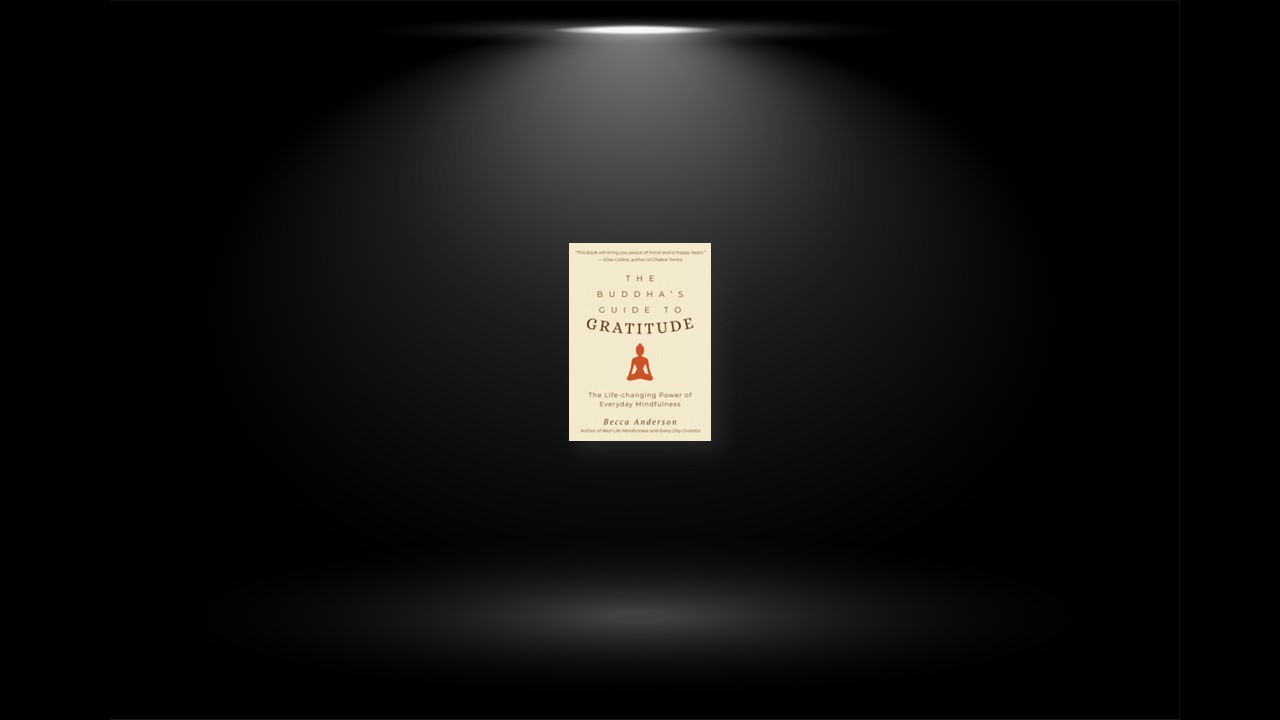The Practice of Gratitude
Are you tired of walking around with a hole in your heart? Do you need more inspiration? Gratitude has been proven to be a key component of our own happiness. Those who think abundantly will find abundance everywhere they look. In her popular book, The Secret, Rhonda Byrne writes, “With all that I have read and all that I have experienced in my own life using The Secret, the power of gratitude stands above everything else. If you do only one thing with the knowledge of this book, use gratitude until it becomes your way of life.”
The recent buzz surrounding the power of gratitude is overwhelmingly positive. Jeffery Zaslow, a columnist for the Wall Street Journal, recently wrote that there may be a positive by-product of the troubled economic times that followed The Great Recession: a decrease in the urge to complain. “People who still have jobs are finding reasons to be appreciative. It feels unseemly to complain about not getting a raise when your neighbor is unemployed,” he wrote. “Homeowners are unhappy that home values have fallen, but it’s a relief to have avoided foreclosure.”
Indeed, gratitude is still popping up everywhere. Turn on the TV Gratitude moves us to do all kinds of things, inspired by joy. Gratitude can help us transform our fears into courage, our anger into forgiveness, our isolation into belonging, and another’s pain into healing. Saying “Thank you” every day will create feelings of love, compassion, and hope.
Master Mindful Gratitude, and You Will Master Your Life
People need mindfulness more than ever. The world has grown increasingly complicated and interdependent. The pace of life has accelerated tremendously and continues to move more and more quickly. Most people crave an antidote. Mindfulness provides a remedy. The practice of mindfulness simplifies, creates calm, and offers new ways to navigate the churning, uncharted waters of our modern age. What exactly is mindfulness, one may wonder? Although it’s a popular term, pinpointing the exact definition of mindfulness can be difficult. Do I have to get up early? Must I do some special ritual? Mindfulness has always been something simple, yet quite profound. Mindfulness in its essence means paying attention.
Mindfulness appears to be a straightforward process. Essentially it is. Yet because life holds enormous potential for complication, continued practice and mastery of mindfulness can be challenging. There are so many distractions that can make paying attention a problematic venture, and therein lies the paradox of mindfulness. There are mundane distractions, such as to-do lists, a pile of laundry, or a pebble in your shoe. There are more monumental distractions, such as natural disasters, death, accidents, or other big life changes. Mindfulness, as a practice, offers tips and tools to stay present, focused, and relaxed through it all, big and small.
The daily requirements of mindfulness depend on the conditions of the day. Just as a surfer must stay present, prepared, and ready to jump into action to catch a wave, a mindfulness practitioner must remain poised and ready to move with whatever influx life presents. Sometimes the waves are small, so we need to train our attention so we don’t become bored. Sometimes the waves seem huge and impassable. In that case, we may need to focus on our own inner fear to get through the surf conditions of the day. Mindfulness offers us ideas and insight for staying present and alert through it all.
Gratitude for the Little Things All Around You
This is your life; only you can truly control your choices, and choosing thankfulness and happiness is the best way to achieve being good to yourself as well as to the world. Here are some suggestions for how you can ensure simple joy in your life:
Be the best you can be, by your own standards. Surround yourself with people who inspire you and make you feel good. Focus on what you have, not what you lack. Optimism trumps pessimism every time! Smile often and genuinely. Be honest, to yourself and to others. Help others. Embrace your past, live in the present, and look forward for what is yet to come. And here is a really bold idea about embracing mindful gratitude: unplug (and recharge!).
Forego using technological devices today. Texting your friend, watching your favorite show, checking your email—all can wait until tomorrow! Turn off your devices and turn on your senses! Read a book, cook a meal, and enjoy the outdoors by taking a walk or tending to your garden. Technology distracts us from the real world, occupying our attention with game applications, chat rooms, social media websites, commercials, and so on. Want to know what’s going on in the news? Read a newspaper. Be aware of the here and now by finding activities that don’t require electricity or a battery. Meditate.
Simple Wisdom: Practice Mindfulness with Understanding and Intentionality
Mindfulness is more than just looking around you and noticing things, like the color of the walls and the feel of the chair beneath you. Mindfulness is intentionally focusing on where you are and what you’re doing right now, and it’s done in the small moments. Do you have a scary doctor’s appointment tomorrow? Force yourself to focus on the work you’re doing now. Are you distracted by Facebook while eating dinner? Put the phone down and enjoy your meal; pay attention to the unique flavors and textures of the food. Instead of waking up and immediately picking up your phone or starting your morning routine, take three minutes to sit, to breathe, to start the day right. Allow yourself time to just be.
Meditation—the act of sitting and focusing on your breathing, of letting go of your thoughts and life for just a few minutes of your day—can help you to start living with mindfulness, to start living here and now instead of next week and online. But true mindfulness happens when you’re actively living life—when you’re going about your day. As you travel to work, keep your phone in your pocket, and notice the things which you don’t normally pay attention to. What stores are around you at the stoplight? Is there a secret park somewhere that you never knew about? Is the sun warm and the sky blue, or is it cloudy and cold? Look around without judging. Will complaining internally about the winter cold make the earth tilt back toward the sun? Of course not. Accept the reality of what is.
Don’t stop with your surroundings, though. Also pay attention to what’s happening in your own heart and mind. Allow things to be what they are. When you’re happy, hold on to the emotion and really feel it. When you’re sad or stressed, allow yourself to be sad or stressed. Acknowledge the hardships you’re facing, instead of trying to push them deep down inside the dark corners of your heart. If you can allow reality to be what it is, if you can allow yourself to be who you are, you can learn how to accept anger and sadness, and then let it go.
To Be Mindful Is to Be Objective, Non-Judgmental
It’s easy to judge others for their actions, and take for granted those we love or meet in chance encounters. We sometimes get so caught up in our own busy-ness, that we forget others are busy, too; they have rough days just like us, and they benefit from our kindnesses, just as we do from theirs. Go out of your way to smile at strangers, say good morning, say thank you, give a compliment, and listen attentively to someone who needs your ear. Do it because you can, because it feels great, because it makes someone else feel good. Don’t worry about a subsequent thank you; let a thank you be a beautiful perk, rather than an expectation.
The Practice of Intentional Awareness
Think of the following metaphor. If life is a big party, the meditation part becomes the pre-party preparation. We clean, we organize, we plan the activities and the guest list. We get ready for the big party. Meditation becomes a way to prepare to be in the present moment for the party. We organize, sort through our thoughts, and clear the mind to make space for life.
Then on the day of the party, we engage in what the author calls “everyday mindfulness.” We practice being present and engaged, having fun, or maybe not so much fun, as the party unfolds in whatever way it unfolds. We stay awake and fully connected.
“Everyday mindfulness” doesn’t require shutting your eyes. All that’s needed is the focus to engage in whatever is happening around you—to see, feel, smell, notice your body, taste, and listen. You can engage in mindful walking, dancing, gardening, or just watching clouds float by. Everyday mindfulness might be washing the dishes and feeling the warm water, the soap, the sponge, the grime, and the grease. It’s a reckoning and surrender to the mundane.
In goal-oriented activities, mindfulness means paying attention in the moment and letting go of the outcome. For this reason, more and more professional and nonprofessional athletes are embracing the tenets and philosophies of mindfulness. We are better players in sports and in life when we live mindfully. The Golden State Warriors won two NBA championships in part by embracing a mission based on mindfulness.
If we take the practice of everyday mindfulness, focusing on what’s happening around us, and relate it back to our short and long-term goals, we approach intentional awareness. Once we can clearly take in and face our present situation, we can make effective decisions that benefit what we hope to accomplish. In the short term, we take the present conditions, and channel them into our goals. Rather than going through life in autopilot mode, we respond to our present situation intentionally. In the long term, we can practice intentional awareness by planning our time and actions in accordance to our future goals.


